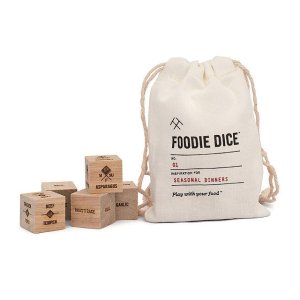“Breville was doing incredibly well,” said Dash. “They were still fairly new. And a lot of brands were chasing them to the high end. And then you had this whole like lower end, that was just in shambles, fighting over price, price price.”
While Dash didn’t want to necessarily compete with Breville or fight over tiny margins in a brutal price competition, he saw an opportunity in between the two.
“It really left this beautiful gap in the middle that we felt like we could step into with great design, great quality, great value, and a social media strategy.”
Ten years later, he and his wife sold the company they had built after growing their revenue to $100 million by focusing on that neglected middle space with their flagship namesake brand, Dash.
While the terms of the sale to French consumer goods conglomerate Groupe SEB were not announced, a conservative revenue multiple of 3-5 times sales would easily put the acquisition within the half a billion dollar territory, which would put the deal possibly higher valuation than that of the Anova acquisition by Electrolux (but well below the Instant Brands $2 billion estimated deal size).
So how did Dash go from an idea to $100 million company in a decade? According to Evan Dash, it was in large part thanks to their focus on young consumers who didn’t feel any loyalty to the brands their parents had brought into the home.
“While everybody talks about how the ‘millennials are up and coming, but they really don’t have the money to spend,’ they absolutely do”, said Dash. “And they are so influential, they’re influencing their parents generation, even their grandparents generation and a lot of cases.”
A big part of attracting the attention of those customers was through the use of social media, primarily Instagram. According to Dash, that early emphasis on Instagram was influenced by his own kids.
“They were showing the way that they could build momentum,” said Dash. “And one of them had a sports page, and he was editing jerseys of doing jersey swaps of players. And he had 10,000 followers.”
Beyond speaking to younger consumers through social media, much of the focus by Dash was creating products that not only looked different than those he and Rachel had grown up with, but were designed to be more user-centric.
“We tended to look at products with fresh eyes,” said Dash. “For example, we launched a two slice toaster early on and my head designer for toasters came to me and they said, ‘Hey, Cuisinart has one through six on their control, and KitchenAid has one through seven on their control. Can we just say light, medium, dark, defrost and keep warm?’
Armed with the resources of a company like Groupe SEB, Dash doesn’t have any plans to slow down. The company will expand into products that focus on circular economy, and Dash also hinted at plans for bigger products like refrigerators.
Spoon Plus subscribers can read the full transcript of my interview with Dash or watch the full interview below. If you’d like to learn more about Spoon Plus, you can do so here.






















